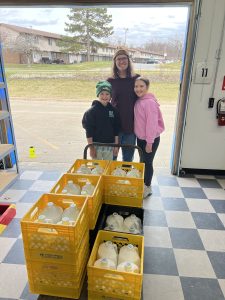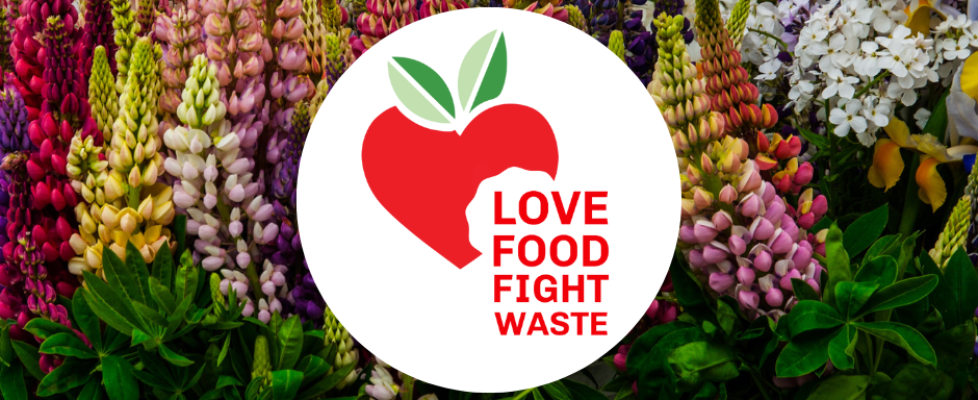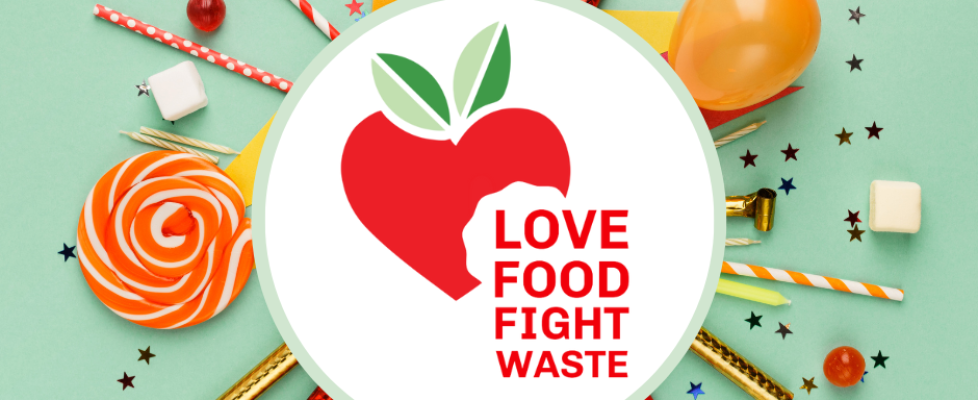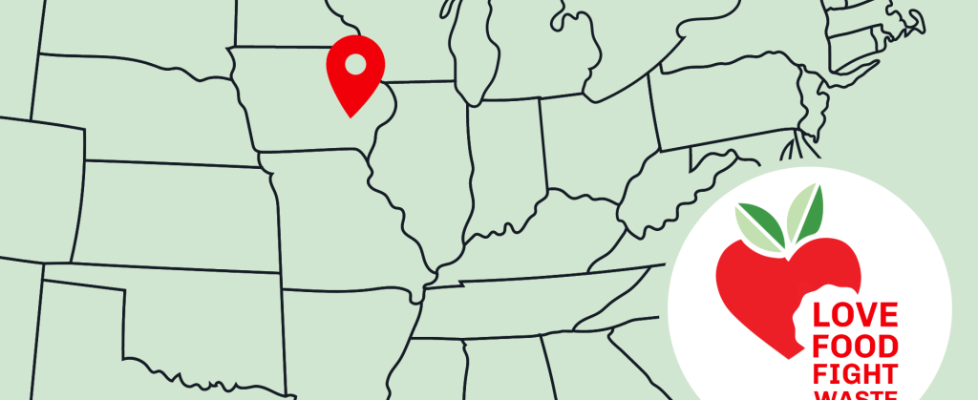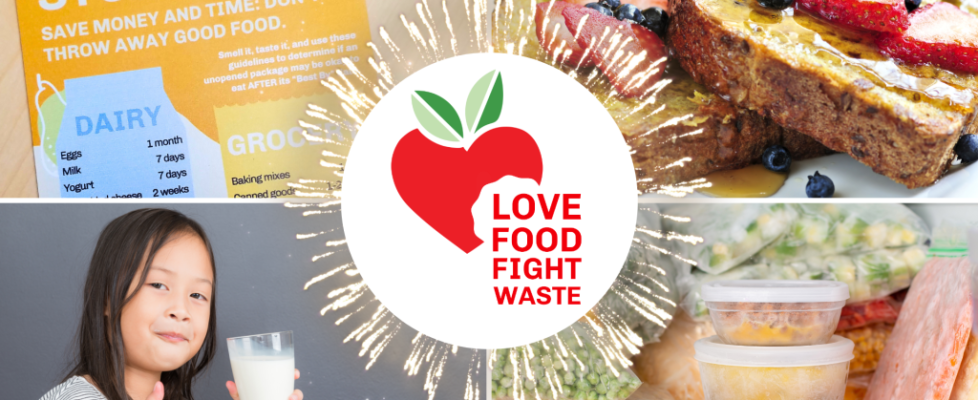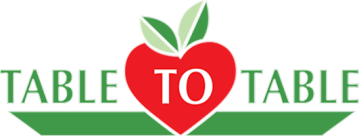Gear Up for Gleaning Season!
What exactly does gleaning mean – no not cleaning…gleaning! If you’re unfamiliar with this weird word, don’t worry, you’re not alone. Gleaning is an age-old practice that helps provide fresh local foods to the community, so let’s dive in!
“The term gleaning is used in the agriculture industry to describe the collection of crops left in the field after all other available food has been harvested” (PostHarvest). The practice dates back centuries but is still largely relevant in modern day farming. At Table to Table, we implement gleaning into our food rescue system to provide fresh local foods for Johnson County’s food access network. Local farmers and individuals with large personal gardens reach out to us when they’ve reached their capacity for harvesting and still have good crops left in the fields. This can happen for many reasons – sometimes there is not enough people-power to harvest everything, farmers may have over-planted in case of blight, drought, or pest problems, or they may have planted cover crops to protect against erosion with no intention of harvesting them in the first place! Whatever the reason may be for excess crop, gleaning is a great way to ensure the resources used in producing the food are not wasted while getting fresh food on local tables at the same time (PostHarvest).
Want to get involved?
- Volunteer with Table to Table (T2T)!
- We’re gearing up for prime gleaning season and could use all the help we can get! Contact volunteer@table2table.org for more information on becoming a gleaning volunteer. Gleans usually take place in the morning and last around two hours. It’s a great way to get outdoors, learn more about local foods, and get your hands dirty!
- Grow a row!
- Are you an avid gardener? Got a green thumb? Just like to plant things? Plant an extra row of produce of your choosing in your personal garden or community plot to donate, and when it’s ready for harvest, bring your produce to T2T or other food access organizations in the community! For more information on this, contact gleaning@table2table.org.
- Donate produce to Table to Table!
- Are you a local grower with extra produce in your fields or garden? Connect with T2T to discuss potential gleaning opportunities! We’ll send a crew of volunteers to harvest your extra produce and deliver to food insecure neighbors. Contact gleaning@table2table.org for more information.

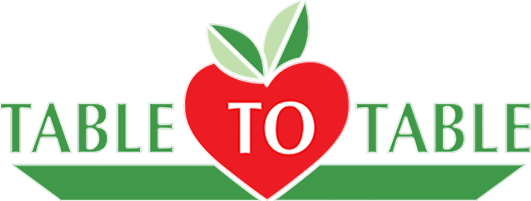
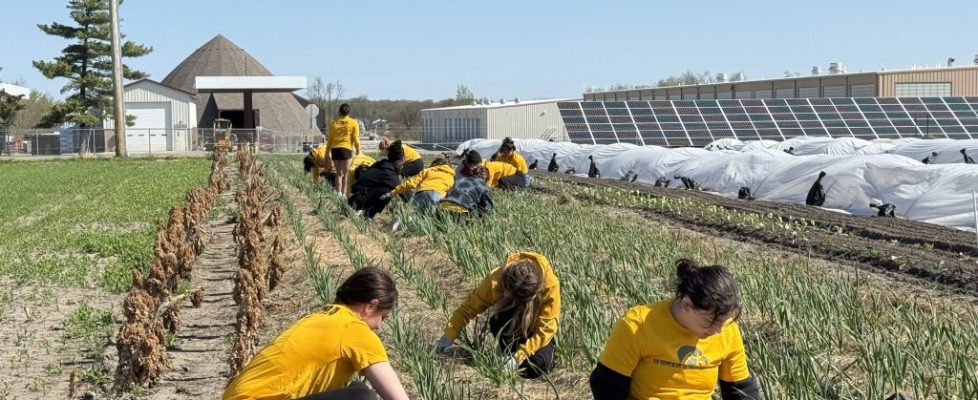
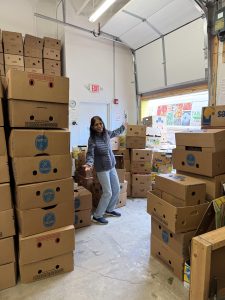
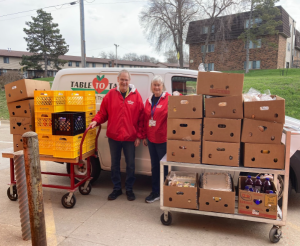
![Picture of Jon Feaver T2T volunteer for 7 years, quote: “I can’t save the world but rescuing food is something tangible I can do to help that makes a big impact across the community.” Picture of Jim and Laurie Cubit T2T volunteers for 3 years, quote: “With Table to Table you know the food you’re rescuing is going to make it into homes within a matter of hours. Being able to make a difference that quickly is a wonderful thing.” Picture of Dina Janzen T2T volunteer for 17 years, quote: “[As a big truck volunteer] I get to move 10,000 pounds of food at a time! I can’t believe how I’ve watched this organization grow. I have loved every volunteer I’ve ever come into contact with and the staff are amazing. It’s just a really good feeling.”](https://table2table.org/wp-content/uploads/2025/05/FY25-Spring-Appeal-Menu-11-x-17-in-1-207x300.png)

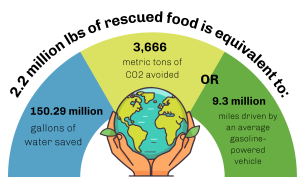
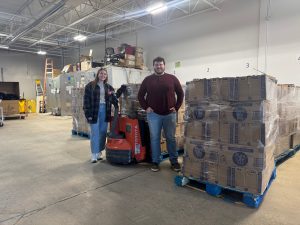 In November we received 35,000 lbs. of distilled water that had been rejected due to 1 damaged jug. Not only can distilled water be drank, but
In November we received 35,000 lbs. of distilled water that had been rejected due to 1 damaged jug. Not only can distilled water be drank, but